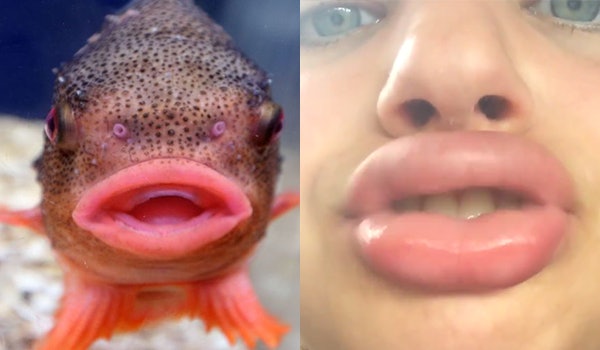

Parahaemoproteus- and Leucocytozoon-specific probes labelled erythrocytic and exo-erythrocytic stages of Haemoproteus spp. To confirm the presence of parasites at sites of probe hybridization, consecutive sections were stained with haematoxylin–eosin and examined. (subgenus Leucocytozoon) and were in situ hybridized to sections from formalin-fixed, paraffin-embedded tissue samples determined positive for these parasites by PCR and histopathology. Parasite subgenus-specific oligonucleotide probes were designed to target the 18S ribosomal RNA of Haemoproteus species (subgenus Parahaemoproteus) and Leucocytozoon spp.

in histological sections using chromogenic in situ hybridization. Therefore, the present study aimed at developing specific molecular probes for the identification of Haemoproteus spp. However, sequences frequently are not reliably obtained and the generic discrimination of exo-erythrocytic tissue stages based on morphological characters is challenging. Diagnosis of lethal infections is currently accomplished by the detection of parasites’ tissue stages in histological sections combined with PCR and sequencing. Notably, the development of megalomeronts by species of Haemoproteus and Leucocytozoon has been associated with mortalities in birds. Avian haemosporidian parasites can cause severe disease in their hosts due to excessive exo-erythrocytic merogony and anaemia caused by blood stages.


 0 kommentar(er)
0 kommentar(er)
